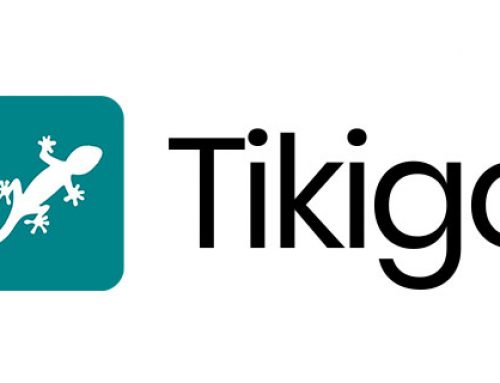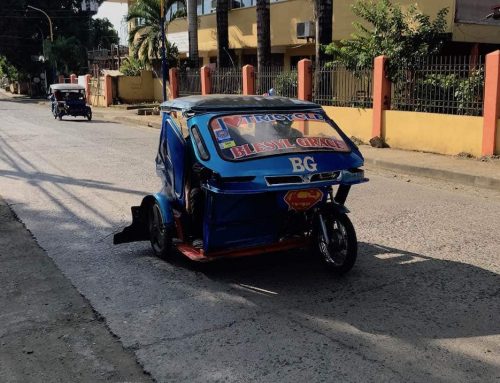In 2017, the Department of Tourism counted close to 6.7 millions tourist arrivals. It’s easier than ever to travel in the Philippines and here at Tikigo we try to contribute by offering a convenient way for organizers to sell their tours and for visitors to book them. But if residents or nationals from over 150 countries don’t need any Philippines visa to enter the territory, there are still a few things that every visitor should know beforehand. Here are the top things we thought important to share with you.
Do You Need A Visa To Enter The Philippines?
Depending on your passport and thus the country you are from, you may either be granted a visa-free entry in the Philippines or required to apply for a visa. Most European countries, North America as well as members of ASEAN can enter the Philippines without a visa, as long as entry conditions (detailed below) are met.
To check if you need a visa, you can visit the Singapore Philippine Embassy website which offers a convenient tool: Applying for a Philippine Visa. Almost every country is listed there and it will give you, in a nutshell, the requirements you need to provide.
Entering The Philippines Visa-Free: The Requirements
 In most cases, if your passport entitles you to entering the Philippines without a visa, you will get a visa waiver which allows you to stay in the country for a maximum of 30 days. Note that for some countries (such as Thailand), this maximum stay will be limited to 21 days, so make sure to verify the exact rules which applies for you.
In most cases, if your passport entitles you to entering the Philippines without a visa, you will get a visa waiver which allows you to stay in the country for a maximum of 30 days. Note that for some countries (such as Thailand), this maximum stay will be limited to 21 days, so make sure to verify the exact rules which applies for you.
There are also a couple of requirements that you must be aware of when you’re entering the Philippines on a visa waiver:
1. You must hold a valid exit ticket
In other words, you must have booked a flight ticket either to your home country or to another destination at a date before the expiry of your visa waiver. This will normally be verified by the plane company when you check-in for your flight to the Philippines, as well as by the immigration officer when you’ll arrive to the Philippine customs.
You can produce the ticket and its booking reference on your phone, but it’s probably safer if you print it. The thing to remember is that the plane company will most likely not allow you to board your flight if you can’t produce this exit ticket.
2. Your passport must be valid for at least 6 months beyond your stay
To avoid being denied entering the country, make sure that your passport doesn’t expire within 6 months after your planned stay in the Philippines. As the visa waiver is for a period of 30 days, on the date of your arrival your passport should be valid for at least 7 months.
3. Your stay must not exceed 30 days
Finally, even though you can enter the country without a visa, if you wish to stay more than 30 days, you will need to apply for a visa. Of course, you can always extend your stay once you’ve entered the country, by requiring a visa extension to the Bureau of Immigration.
How To Get A Philippines Visa Extension
If you change your plans and decide to stay in the Philippines for a longer time than the 30 days allowed by your visa waiver, you will need to get a visa extension. For that, you’ll need to visit the nearest Bureau of Immigration. You can find a list of these offices (as well as various advices on visa renewals and extensions) here.

When applying for a first visa extension, you will need to provide the Bureau of Immigration with several items and informations:
- ID pictures
- Photocopies of the first page of your passport and the page with your arrival stamp
- Address in the Philippines (it can be your hotel’s), intent of the stay, phone number, etc.
The cost of this visa extension is of P3,130, and the visa itself will be valid for 29 days. If you decide to stay longer after your initial 59 days, you will be able to apply for longer extensions, up to 2 months at a time.
Note that if you stay more than 6 months in the Philippines, you will need to get a Emigration Clearance Certificate (ECC) which can be obtained at the airport when exiting the country. If you stay more than 1 year (because you really love it here!), this ECC will have to be processed in person at the main Bureau of Immigration, which can require up to 4-5 days. The maximum allowed stay with a tourist visa is currently set at 36 months.
A Few Tips To Finish
For more information about the different visas available in the Philippines and the requirements for visitors, we invite you to check the Philippine Bureau of Immigration website. Be aware that breaking the conditions of your tourist visa can lead to very uncomfortable situations (such as penalty fees, imprisonment and deportation). Just make sure to renew your visa in time and to set things straight as soon as possible if somehow you exceeded your allowed stay.
Once you have your visa in order, you’ll be free to enjoy the beauty of the Philippines and discover its friendly culture. You can start to plan your tours and activities today with Tikigo. Create your account and join the community to discover the best way to organise your trip in the Philippines!





Very, Very helpful information. thank you
You’re welcome, Mike! Please note that right now there are limitations on the entry of foreigners though, due to the pandemic. Fortunately, these will be lifted by the time you plan your next vacations here! 🙂
Perhaps you should include info on Balikbayon status of people married to and entering the Philippines with a Philippines citizen spouse. Get to stay for a year, no visa or extensions required.